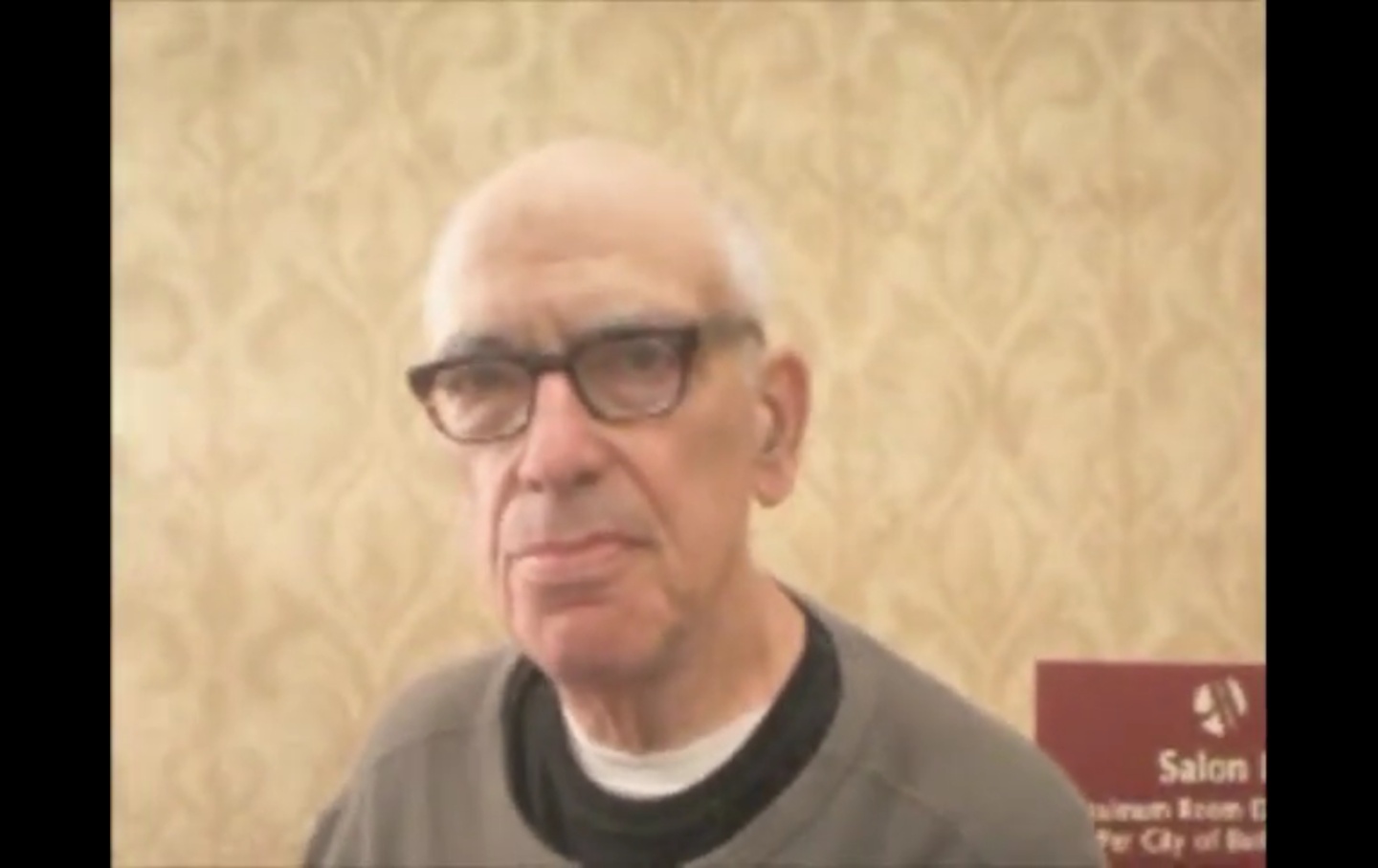How are people dying?
Los Angeles County has not yet publicly issued causes of deaths for 11 people who have died in county jails this year. However, even once autopsy reports are finalized, they don’t tell the whole story: when the coroner rules that a death is the result of “natural causes,” jail conditions can still be to blame. Researchers have found
evidence of physical harm in more than half of “natural” county jail deaths.
For instance, in at least one jail death, the county reported the cause to be natural, even though an inspector general’s report determined
that the deceased person showed signs of hypothermia. During the time this person died, people held in the jails slept in garbage bags to keep warm—despite the staff having hundreds of thousands of thermal underwear sets available. Jail officials declined
to distribute those sets, stating they were not required to and were concerned that people would destroy or misuse them.
There has also been a dramatic rise in suicides. More people died by suicide in county jails in 2021, the most recent year with complete records, than in any year since 2013. Those suicides were likely driven in part by the dire conditions in the jails, which Mark-Anthony Clayton-Johnson, chair of the Sybil Brand Commission, which inspects county jails, called
a “recipe for hopelessness.” Inadequate mental health care only compounds the issue.
What can we do to prevent more people from dying?
A critical first step to prevent more jail deaths is to jail fewer people. By reducing the jail population, the county can begin to address the most acute issues threatening the lives of incarcerated people, as well as reduce the burden on jail staff.
There is hope in that regard. This June, the American Civil Liberties Union (ACLU) settled
a lawsuit against the county over the “barbaric” conditions in its jails. The settlement commits
the county to a number of limits, including how long people can be detained in the intake facility and how long they can be handcuffed or tethered to chairs and benches there. It also requires the county to divert some people into alternatives to incarceration, rather than detaining them in jails.
Alternatives to incarceration, like community-based supportive housing, have proven to be safe and effective. In one such program, 86 percent of participants had no new felony convictions after 12 months, and 74 percent had stable housing.
If the county is interested in building real public safety and reducing the death toll in its jails, investing in these programs is the easiest path forward. A study by the RAND Corporation found that as many as 61 percent of people held in Los Angeles County jails with mental health conditions are appropriate candidates for diversion into existing alternatives to incarceration. However, those services have been operating at capacity for some time. The settlement with the ACLU commits the county to expanding those offerings by nearly 2,000 beds, which should help meet the urgent need.
It is critical that the county follow through on this commitment, as its recent history is dotted with false starts to reform. In 2021, county leaders committed
to closing the decrepit and dangerous
Men’s Central Jail within two years. Those two years are nearly up—yet the jail is still operational, with no concrete plans to close the facility in the foreseeable future.
Beyond the immediate next step of reducing the jail population through more robust community-based services, the county also needs to work to address the wholly inadequate conditions facing those who remain detained. Shoddy and understaffed health care and mental health services are likely contributing to the death rate in custody. The county can meet its basic obligation to prevent more deaths by reducing the jail population and backfilling positions for care providers to help alleviate the staffing crisis.
“The prolific use of jail is not making Los Angeles safer,” said Parris. “Research shows even 24 hours in jail is so destabilizing it makes someone more likely to have further contact with the system. Our jails in Los Angeles are not only destabilizing to thousands of people, but also potentially deadly. We need services that can meet people’s needs and prevent crises that lead to incarceration, and we need programs that are a supportive pathway out of jail for those returning to our communities.”





